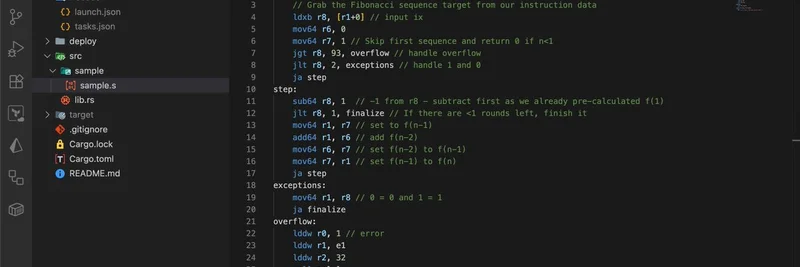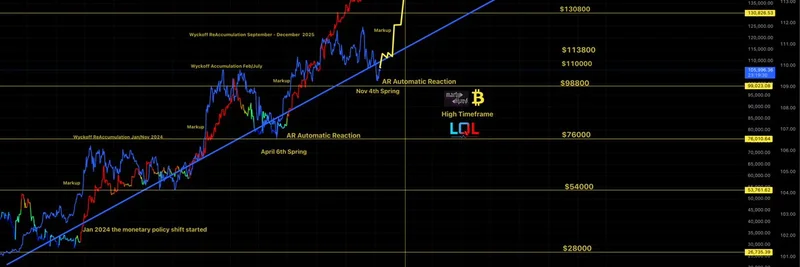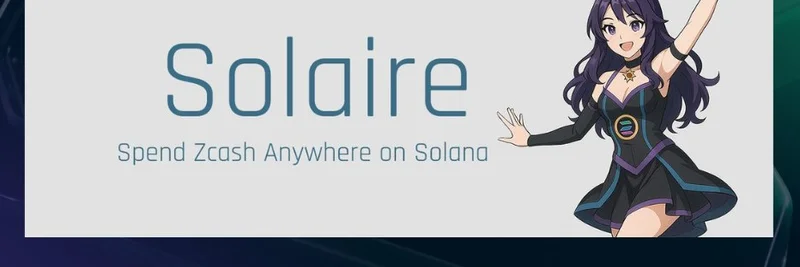In the ever-evolving landscape of blockchain technology, Solana stands out as a high-performance platform that leverages innovative tools to enhance its development ecosystem. Recently, a significant development has caught the attention of the blockchain community: the creation of a Solana sBPF (Solana Berkeley Packet Filter) assembly debugger. This tool, developed by Zensen, promises to revolutionize how developers interact with and debug Solana programs.
Understanding Solana sBPF
Before diving into the debugger, it's essential to grasp what sBPF is. Solana uses a custom version of eBPF, known as sBPF, which is compiled into ELF (Executable and Linkable Format) files. These files contain the bytecode that powers Solana's smart contracts, or programs. The sBPF execution model is crucial for understanding how Solana achieves its remarkable speed and efficiency.
The Need for a Debugger
Debugging is a critical part of software development, and blockchain is no exception. Traditional debugging tools might not be sufficient for the unique challenges posed by sBPF programs. Zensen's debugger addresses this gap by providing developers with the ability to:
- Step through execution: Developers can now step through their code line by line, gaining insights into the flow of execution.
- Set and manage breakpoints: This feature allows for pausing execution at specific points, making it easier to identify and fix issues.
- View and modify registers: Understanding and manipulating registers during runtime can be invaluable for diagnosing problems.
Features of the sBPF Assembly Debugger
Zensen's tweet highlights the current capabilities of the debugger, which include:
- Step Execution: The ability to step through code, either one line at a time or continuously, helps in tracing the execution path.
- Breakpoints: Developers can set breakpoints to pause execution at critical points, facilitating detailed inspection.
- Register Management: Viewing and modifying registers during debugging sessions provides deeper control over the program's state.
The accompanying images show the debugger in action, with a user interface that includes a code editor, a variables pane, and a debug console. This setup is familiar to many developers, making the tool accessible even to those new to sBPF.
Implications for Blockchain Development
The development of this debugger is a testament to the growing sophistication of Solana's development tools. It not only enhances the debugging process but also encourages more developers to engage with low-level programming on the Solana blockchain. This can lead to more robust and efficient programs, ultimately benefiting the entire ecosystem.
For those interested in the technical details, Zensen has shared the WIP code on GitHub, providing a valuable resource for further exploration and contribution.
Conclusion
The Solana sBPF assembly debugger represents a significant step forward in blockchain development tools. By offering detailed control over the debugging process, it empowers developers to create more reliable and efficient programs. As the blockchain space continues to evolve, tools like this will be crucial in maintaining the high standards of performance and security that users expect.
Stay tuned to Meme Insider for more updates on the latest tools and technologies shaping the future of blockchain.




